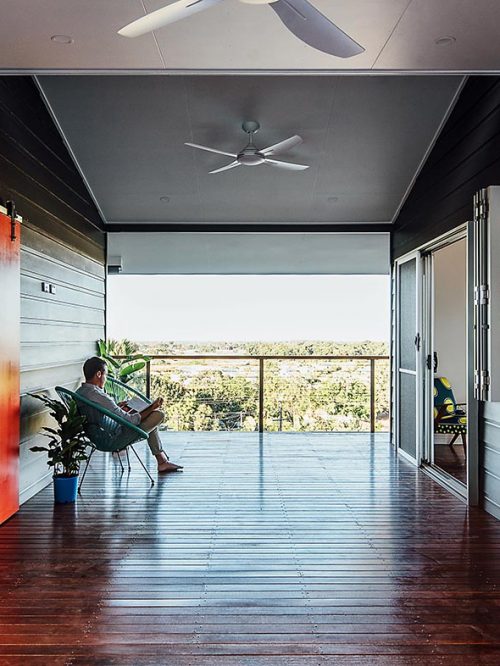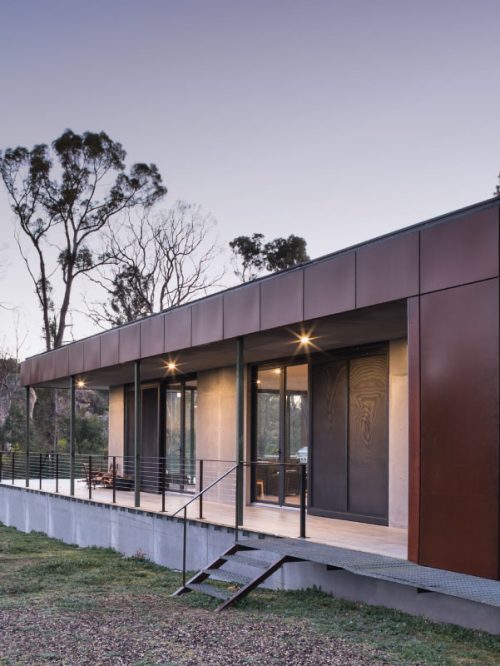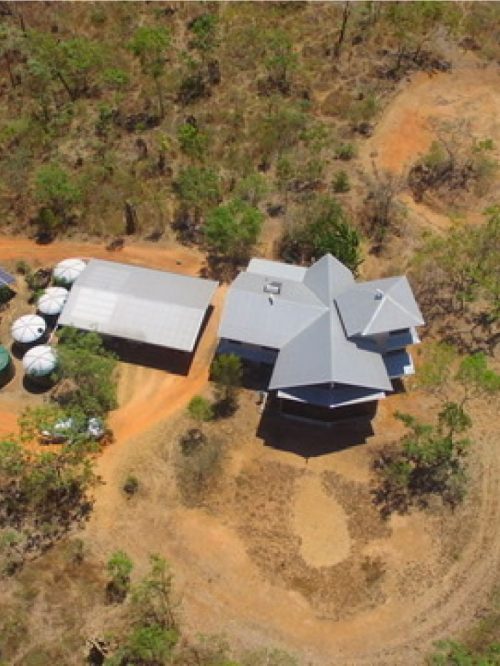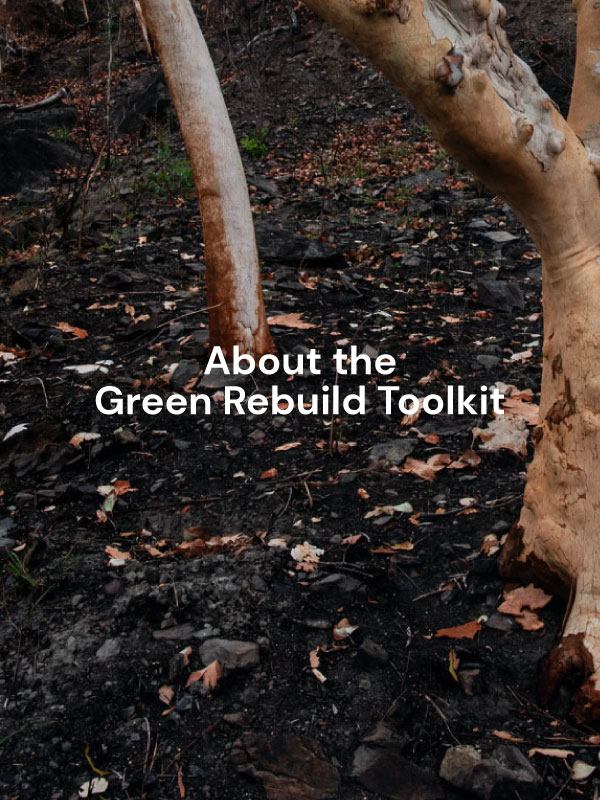Resilience can be interpreted in many ways, but in a bricks-and-mortar sense it’s a building that’s not permanently damaged by the extremes of Mother Nature. More broadly it’s a home that stays warm when the electricity grid fails or a community that is empowered to respond to a disaster.
Architect Dr Paul Downton says that new homes should be designed to meet worst-case climate scenarios. “I think if you’re not designing for the year 2050 at least, you’re not serious, and if you look at the projections for 2050, tweaking the standard house a bit isn’t going to produce the level of resilience that we’re going to need.”
So what wild weather can we expect as the century progresses? The level of risk depends on where you live, but the Climate Council points to more heat waves and freakish deluge-or-drought rainfall patterns, leading to more severe and frequent bushfires and floods. Cyclones are likely to become more intense although less regular. Meanwhile, sea-level rises this century will put up to hundreds of thousands of houses in Australia at risk from flooding due to increased storm surges.
Built by The Sociable Weaver and designed in collaboration with Clare Cousins Architects, The 10 Star Home is Victoria’s first 10 Star home and the first home to be 10 Star, carbon-positive and built to zero-waste and building biology philosophies. View more details about the home at the Sustainable House Day website.
Examples of resilient design and community resilience
Architect Mark Thomson helped retrofit a two-storey brick-veneer home that had been severely flooded during the Brisbane floods in 2011 and says a new approach is needed to make homes more robust. “Guttering systems, box gutters and low-pitched roofs require rethinking to withstand increased storm activity and severity. Materials need more flexible joints for greater expansion and contraction resulting from greater and more rapid extremes in temperature.”
Thomson has led a push for sustainable and resilient housing design and says his ideal building is completely powered by renewable energy to make it “less reliant” on local services. All rooms are naturally lit by windows, skylights or by “bouncing light off surfaces or using fibre optic technologies to spread light”. Durable materials and surfaces could be recycled after a flood, or dismantled if a flood is imminent. His ideal building is extremely energy and water efficient.
For Dr Downton, who designed Adelaide’s urban village Christie Walk, resilient design is also about where we live and who we live with. He says that higher density living will facilitate more resilient communities. “We should be building villages and communities rather than subdivisions. If all the wheels fall off and things go wrong, if you facilitate community I think you’re building resilience. Community is what we utterly depend on because we can’t do anything without other people involved, it’s simply not possible.”
The changing climate will test designers and homeowners in the years to come. “Cooling buildings is going to be the biggest challenge as air-conditioning uses a huge amount of energy,” says Dr Downton.
Mark Thomson says designers will need a more thorough understanding of geological, climatic and topographic site conditions to meet the challenges of resilient design. “Slope and aspect are critical issues for floods and bushfires,” he says. Designing adaptable homes with relocatable sections is another challenge, such as a kitchen that can be dismantled when a flood is imminent. “Can elements of a house be secured or saved?” he asks.
Both Thomson and Dr Downton agree the biggest challenge for homeowners is to prepare for the ‘what if’ scenarios. “People ideally should be thinking of contingency plans,” says Thomson. “How do I prepare for a flood? How could I escape or shelter if a fire front came through my suburb? What happens in the six months afterwards if my home is damaged? Is my insurance adequate?” he says. “Think through some of the consequences,” adds Dr Downton. “It sharpens the mind as to how you would prepare, and that’s ultimately what resilience is all about.”










